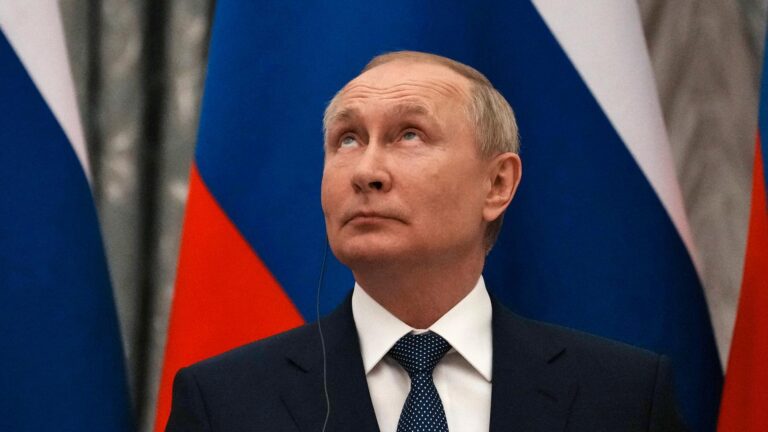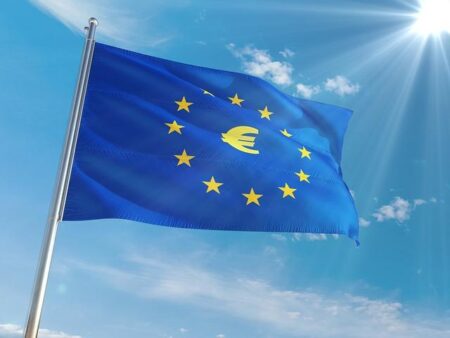At the recent China-hosted summit, world leaders Vladimir Putin, Narendra Modi, and Xi Jinping presented a unified front, exchanging smiles and affirmations of partnership. Yet beneath the optics of cordiality lies a complex web of strategic interests, cautious diplomacy, and underlying tensions. This article delves into the nuances behind the smiles at the summit, exploring what the interactions reveal about the evolving dynamics among Russia, India, and China amid shifting global power structures.
Putins Strategic Calculations Amid Public Displays of Unity
Vladimir Putin’s public demeanor alongside Narendra Modi and Xi Jinping at the recent China summit is a carefully orchestrated facade masking intricate strategic moves. While the smiling faces and cordial interactions suggest a robust alliance, behind the scenes, Putin is maneuvering through a complex geopolitical landscape marked by sanctions pressures and shifting global power dynamics. His apparent unity with China and India serves not only to project strength but also to signal a reconfiguration of global alliances that challenge Western dominance.
Putin’s calculations involve leveraging this trilateral solidarity to counterbalance economic isolation and bolster Russia’s position on multiple fronts. This includes:
- Energy diplomacy: Expanding oil and gas exports eastward, particularly to China and India.
- Military collaboration: Joint exercises and arms deals aimed at deterring NATO influence.
- Technological partnerships: Cooperation in critical sectors like 5G and cybersecurity.
| Area | Putin’s Strategy | Flagship Initiative |
|---|---|---|
| Economic | Sanctions evasion, trade diversification | New Eurasian Trade Route |
| Military | Joint drills, arms exports | Russia-China Strategic Exercises |
| Diplomatic | Alliance signaling | BRICS Expansion Talks |
Modis Balancing Act Between Economic Interests and Geopolitical Pressures
Prime Minister Narendra Modi’s approach at the recent China summit illustrated a sophisticated dance, navigating the thin line between critical economic partnerships and mounting geopolitical tensions. India’s growing trade volumes with both China and Russia have become pivotal to domestic growth, yet these relationships come with complexities, especially amid global pressures to take firmer stances on contentious issues like border disputes and alliances. Modi’s strategy appears to be one of cautious engagement, leveraging economic interdependence while maintaining a pragmatic distance from overt political alignment.
Several factors underscore this balancing act:
- Trade Necessity: China remains one of India’s largest trading partners despite ongoing border stand-offs.
- Geostrategic Calculus: Sustaining dialogue with Russia aligns with defense procurement and energy security goals.
- Global Pressure: Western nations compel New Delhi to choose sides amid a growing East-West divide, yet India insists on strategic autonomy.
| Aspect | Modi’s Approach | Challenges |
|---|---|---|
| Economic Ties | Open engagement with China and Russia | Trade imbalances and sanctions risk |
| Security | Border vigilance, defense deals with Russia | Border clashes; balancing China’s rise |
| Diplomatic Posture | Maintain strategic autonomy and multilateralism | Pressure to pick sides amid global conflicts |
Xis Vision for Regional Leadership and Its Implications for Global Power Dynamics
Xi Jinping’s strategy reflects a carefully calibrated effort to solidify China’s influence across Asia and beyond, positioning the country as a formidable regional leader. By forging stronger ties with strategic partners like Russia and India, Beijing is not only enhancing bilateral relations but also shaping a new balance of power that subtly challenges Western dominance. This approach combines economic initiatives such as the Belt and Road Initiative with diplomatic engagements, aimed at redefining alliances in a multipolar world.
From this vantage, global power dynamics are shifting. Key implications include:
- Strengthened Sino-Russian cooperation presenting a united front on security and geopolitical issues.
- India’s nuanced role, balancing cooperation and cautious rivalry, signaling a complex trigonal relationship.
- Increased regional integration efforts that undermine traditional Western-led frameworks.
| Aspect | Xi’s Vision | Global Implication |
|---|---|---|
| Economic Strategy | Expand Belt and Road footprint | Shift trade routes and dependencies |
| Military Posture | Modernize forces, regional presence | Challenge U.S. influence in Asia-Pacific |
| Diplomatic Engagement | Deepen partnerships with Russia & India | Forge alternative global coalitions |
Closing Remarks
As the China summit concludes, the outward displays of unity among Putin, Modi, and Xi mask a complex web of strategic interests, rivalries, and cautious diplomacy. While their smiles and handshake moments project solidarity, underlying tensions and divergent agendas remain carefully managed behind closed doors. Observers will be watching closely to see how these relationships evolve in the weeks and months ahead, as each leader balances cooperation with competition on the global stage.




